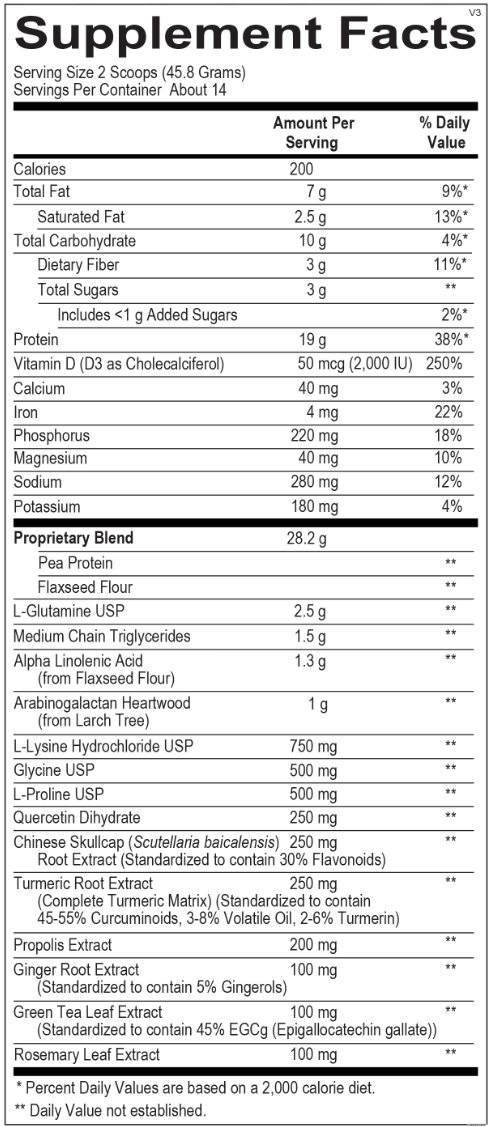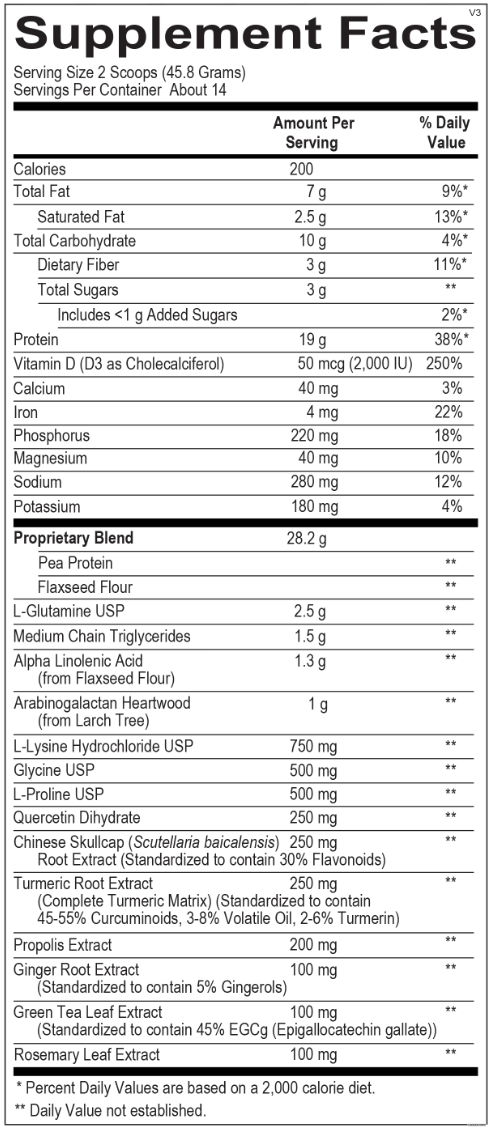
How HPV Infection & Cervical Cancer Associated
Dr Anita NischalTable of Contents
| When one is exposed to genital human papillomavirus (HPV), the immune system protects against HPV infection & cervical cancer from doing any kind of serious harm to the body. But sometimes, the HPV virus persists in our bodies for years. In the long run, the virus can transform the normal cells on the side of the cervix into cancerous cells. |
At an initial stage, cells may only reveal symptoms of a viral infection. Finally, the cells may lead to precancerous changes. This is termed cervical intraepithelial neoplasia, which generally goes away naturally, but in some cases, it may advance to invasive cervical cancer.
Although, it is not apparent why some people are more likely to develop HPV & cervical cancer. Yet, some varieties of HPV are merely more belligerent than others. Some habits like smoking, obesity, and long-term usage of oral contraceptives can boost the HPV cervical cancer risk.
Relation between HPV Infection & Cervical Cancer
Various factors are related to cancer, from genetics to the use of tobacco. But we all realize that for sure that most cervical cancer is triggered by a sexually transmitted disease known as the human papillomavirus or HPV.
HPV infection can enter through many ways and if it lasts for a few years then it can develop cervical cancer. Thus, we can avoid most cases of cervical cancer by preventing HPV. You can save yourself from HPV through vaccinations, practicing safe sex, and consuming some herbal supplements that calm HPV.
Does HPV Cause Cervical Cancer?
HPV is a highly widespread kind of sexually transmitted disease or STD. It is not one, but a grouping of more than 200 strongly linked viruses. Sexually transmitted HPV infection happens in two distinct categories, which include:
- Low-risk HPV produces genital warts on the penis or vagina.
- High-risk HPV triggers cancers in both men & women.
Also, HPV has been connected to cancers such as:
- Anus
- Throat
- Cervix
- Penis
- Vagina
- Vulva
HPV can be transmitted through oral, vaginal, and anal sex. If HPV is not treated timely, it could cause cervical cancer.
Read More: How is HPV Transmitted Orally? Oral HPV Symptoms, Diagnosis & Treatment
Causes of Cervical Cancer Other than HPV?
Apart from HPV infection, there are many causes of cervical cancer, which are explained below:
Sexual history
Numerous factors correlated to your sexual history can boost the risk of cervical cancer. The risk is most probably influenced by expanding the prospects of contact to HPV.
Becoming sexually active at a young age, having various sexual partners, and having a partner who is being infected with HPV can lead to cervical cancer.
Smoking
Smoking can lead to cancer-causing chemicals that disturb organs other than the lungs. Tobacco by-products have been discovered in the cervical mucus of women who smoke. Further, these substances can harm the DNA of cervix cells and may cause cervical cancer. Also, smoking can weaken the immune system, which would be less effective in combating HPV infections & cervical cancer.
Weak immune system
The immune system is vital in damaging cancer cells and decelerating their growth and spread. In women with HIV, a cervical pre-cancer may build into invasive cancer quicker than it generally would.
Chlamydia infection
Chlamydia is a popular kind of bacteria that can affect the reproductive system and is spread through sexual contact.
Studies state a greater risk of cervical cancer in women whose blood tests and cervical mucus revealed proof of past or current chlamydia virus. Also, Chlamydia bacteria may assist HPV to grow and live on in the cervix leading to HPV & cervical cancer.
Long-term use of oral contraceptives
Studies suggest that administering oral contraceptives (OCs) for an extended duration increases the probability of cancer of the cervix.
Imbalanced diet
An individual whose diets do not involve adequate fruits and vegetables may be at heightened HPV cervical cancer risk.
Diethylstilbestrol (DES)
DES is a hormonal drug that was provided to some women between 1938 and 1971 to avoid miscarriage. Women who took DES (when pregnant) reveal that their daughters develop clear-cell adenocarcinoma of the vagina or cervix more often.
Having a family history of cervical cancer
If your mother or sister had cervical cancer, your prospects of developing cervical cancer are elevated than if no one in the family had it.
Warning Signs of HPV Cervical Cancer
In the initial stages, cervical precancers or cervical cancers trigger no pain or other symptoms. The first recognizable symptoms of cervical cancer are apt to contain:
Irregular vaginal bleeding, after intercourse, between menstrual periods, or after menopause; menstrual periods may be deeper and last longer than usual.
- Pain during intercourse.
- Vaginal discharge and odor.
- Pelvic pain.
If cervical cancer has scattered to adjacent tissues, symptoms may consist of:
- Trouble urinating or pain when urinating or blood in the urine.
- Dull backache or swelling in the legs.
- Diarrhea, or pain
- Fatigue, loss of weight and appetite, and overall feeling of illness
- A bloated abdomen, nausea, vomiting, and constipation
Signs of Cervical Cancer Without HPV Virus
Potential symptoms of more developed cervical cancer may involve abnormal or irregular vaginal bleeding, pain during sex, or vaginal discharge. Other HPV cervical cancer signs are:
- Bleeding after sexual intercourse
- Bleeding after douching
- Bleeding after a pelvic exam
- Bleeding after menopause
- Pelvic pain not linked to your menstrual cycle.
- Heavy or rare discharge that may be watery, thick, and probably have a foul odor.
- Increased urinary regularity.
- Pain during urination
Can HPV Cervical Cancer Be Cured?
The worldwide approach for eradicating HPV and cervical cancer incorporates interventions across the life course. It ought to be multidisciplinary, involving elements from community education, vaccination, screening, treatment, social mobilization, and palliative care.
Main prevention starts with HPV infection and cervical cancer vaccination of girls aged 9-14 years before they indulge in sexual activity. Sexually active women must be examined for aberrant cervical cells and precancerous lesions, beginning from 30 years of age. HIV-tested positive women should start their examination at an earlier age.
If HPV cervical cancer signs are present, cure choices for aggressive cancer include surgery, radiotherapy, and chemotherapy and patients need to be guided to the correct level of services of the underlying link between HPV and cervical cancer.
Other Facts About HPV & Cervical Cancer
Most HPV infections are temporary and become invisible in 12–24 months. Many studies verified that constant infection with an oncogenic HPV form is the key risk factor for discovering cervical intraepithelial neoplasia (CIN).
The connection between high-risk HPV infection and cervical cancer advancement contributed to the launch of new screening programs.
Conclusion
Any vaginal bleeding after menopause ought to be brought to your doctor’s notice straight away. The reason may merely be vaginal dryness or a benign uterine polyp, but vaginal bleeding is the most widespread sign of HPV and cervical cancer along with uterine cancer.
Also Read: HPV Vaccine Pros & Cons You Should Know About
Yes, other habits can lead to cervical cancer. These include smoking, consumption of birth control pills (for long-run), history of cervical cancer, lack of fruits in your diet amongst many.
No. Although HPV if not treated timely then can lead to cervical cancer but there are other ways also which can trigger cervical cancer in your body.
Although HPV infections go away on their own in 1 to 2 years. But, if you don’t treat an HPV infection, the cells inside your cervix turn into cancer.
Yes. HPV vaccines do not shield against all HPV types that can develop into cancer.
Yes. Most women with HPV don’t get cervical cancer. Other factors that contribute to cervical cancer are smoking and HIV infection.
Approximately it can take 10 and 30 years from the time you are infected with a tumor.












